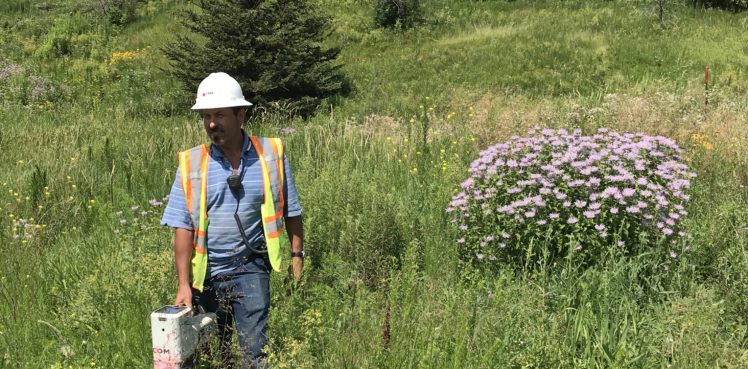Hennepin County Active Traffic Management Project
Posted by Comlink Solutions

Comlink Midwest is proud to be one of several contractors partnering with Hennepin County on a multi-phase, multi-year active traffic management project. The transportation upgrade involves constructing a fiber optic network in order to connect traffic signals together in one vast network. Once connected, each traffic signal can be automatically and remotely adjusted to address vehicle congestion.
Why ATMS
The Minnesota Department of Transportation (MnDot) concluded their 2018 Congestion Report with a list of strategies they plan to implement to address mobility issues. Among that list, Active Traffic Management (ATM) is the state’s top priority because of the increasing availability of technology and cost-effective systems, like traffic signs connected to a fiber optic network. Fiber optic cables enable the transmission of real-time road condition data for local management centers to increase peak capacity and maintain safe traffic density on major highways.

“When complete, this ATMS fiber system will allow the county’s signal network to ‘talk’ to each other for improved signal timing, reduction in delays, and better traffic flow and capacity in our county road system,” said Hennepin County Network Manager and project engineer Zach Rothstein. “It will also provide updates to a centralized traffic management office, which will allow us to troubleshoot problems and make adjustments in real time instead of having to send a technician to the intersection like we do today.”
What the Project Involves
Comlink foreman Nate Baumgarten heads one of the many crews working on the project. Comlink’s professionals are equipped to handle the various terrains in Hennepin County, from the concrete-laden downtown Minneapolis area to the rural suburbs full of nature reserves, expansive flat lands, rolling hills, and lakes.
The project requires strategic design and engineering while surveying the routes to assess the most effective placement. Installing the conduit and cable underground requires directional boring and excavating. Aboveground, aerial installation involves overlashing the fiber optic cable on existing aerial lines or installing new utility poles to accomplish the same outcome. Our team’s involvement includes:
- Bringing conduit and fiber to each traffic signal.
- Placing underground fiber line to tie traffic signals together.
- Placing aerial fiber with a combination of underground directional drilling.
- Overlashing onto existing aerial strand or placing a new poles and strand.
- Entering existing traffic cabinets to place the fiber for the electronics.
- Splicing and testing to terminate and provide a connection to the electronics.
- Restoring soft and hard surfaces on each section.

The first phase of this project began in April of this year. It is quite the undertaking, as Hennepin County covers the largest area in the seven-county district.
“Comlink has been an excellent partner in this, constructing nearly 14 miles of the system,” Rothstein said. “The staff is friendly, professional, and has provided excellent customer service to both the county and the property owners along the fiber route. The communication and coordination provided by the Comlink team has been outstanding.”
Comlink Midwest has developed a strong reputation through providing superior utility construction, fiber optic and small cell solutions. We’re excited to be a part of this project by helping Hennepin County construct a fiber optic network to support this intelligent traffic management system.
Contact us to learn more.








